Sixteen NEW Varieties Coming to the 2018 Catalog
/ Guest UserGrowing beloved favorites is one of the pleasures of gardening and tried-and-true varieties promise stellar results, but trying out a new-to-you variety is an opportunity to discover, wonder, and learn. And we are excited to bring 16 new introductions to our 2018 catalog for you to enjoy. From an award-winning sauce tomato to an unusually named, but visually striking, corn, you'll find many "From the Collection" varieties you'll want to include in your 2018 garden.
While these seeds are "new" to the catalog, the varieties themselves date back generations and all have unique stories to tell. They come from the seed bank of over 25,000 rare, heirloom, and historic varieties. Part of our work involves growing varieties every year on our farm, evaluating them on performance and taste, and selecting exceptional varieties to be offered in the catalog. When varieties from the collection are brought out and introduced in the catalog, they live on, growing in gardens and being enjoyed on tables everywhere.
"From the Collection" varieties will be available in December in our catalog and online. Sign up to receive a 2018 catalog.
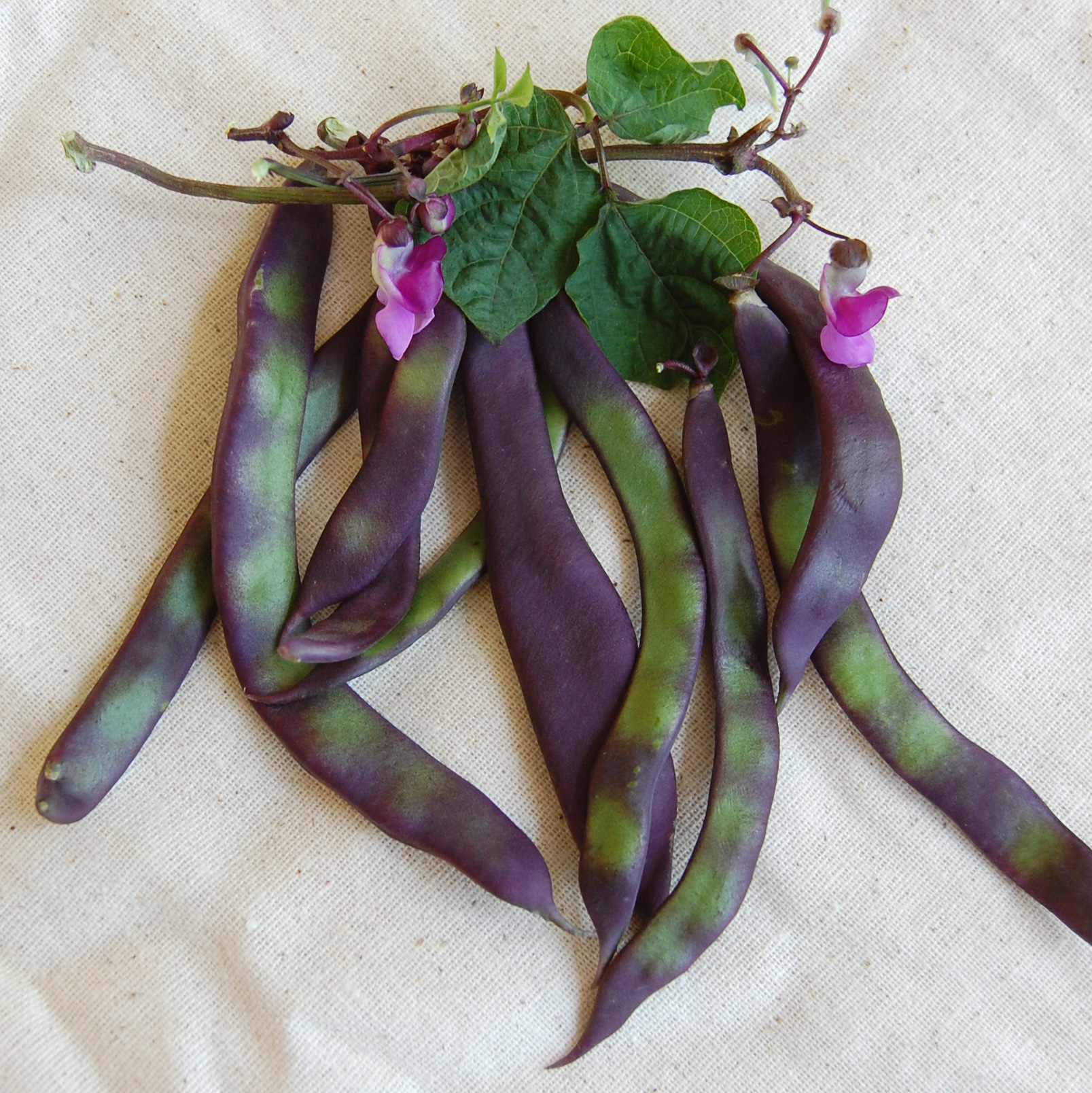
Sweet, tender, and juicy, this heirloom pole bean took top honors in Seed Savers Exchange’s 2015 snap bean taste evaluation. It has a strong climbing habit and produces striking, 7"-long dark-purple pods. Dorothy Barnett of Shelton, Washington, received the high-yielding variety from her mother, who traces it to her nurse, “Auntie Wilder,” an immigrant who brought the seeds with her from Sweden in the 1890s.
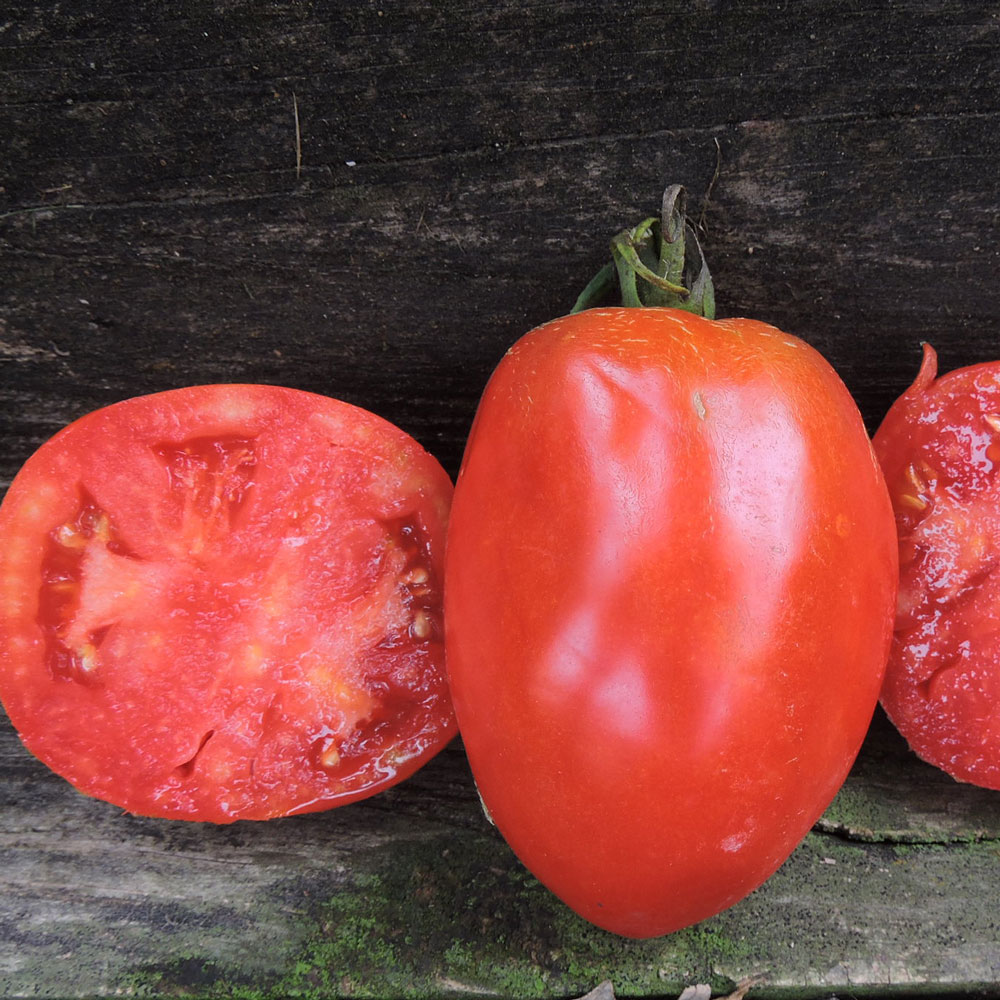
Winner of our 2017 Tomato Tasting - Paste/Sauce division. The great meaty texture is paired with tangy, sweet flavor that make it an ideal sauce tomato. Fruits measure 2½-3-¾”. At the Seed Savers Exchange Heritage Farm (zone 4.B), it was a bit later maturing but had above average productivity. Grown by Charles Salveterra since the early 1980s, this heirloom indeterminate tomato has been shared within the Hazelton, Pennsylvania community since the 1950s.
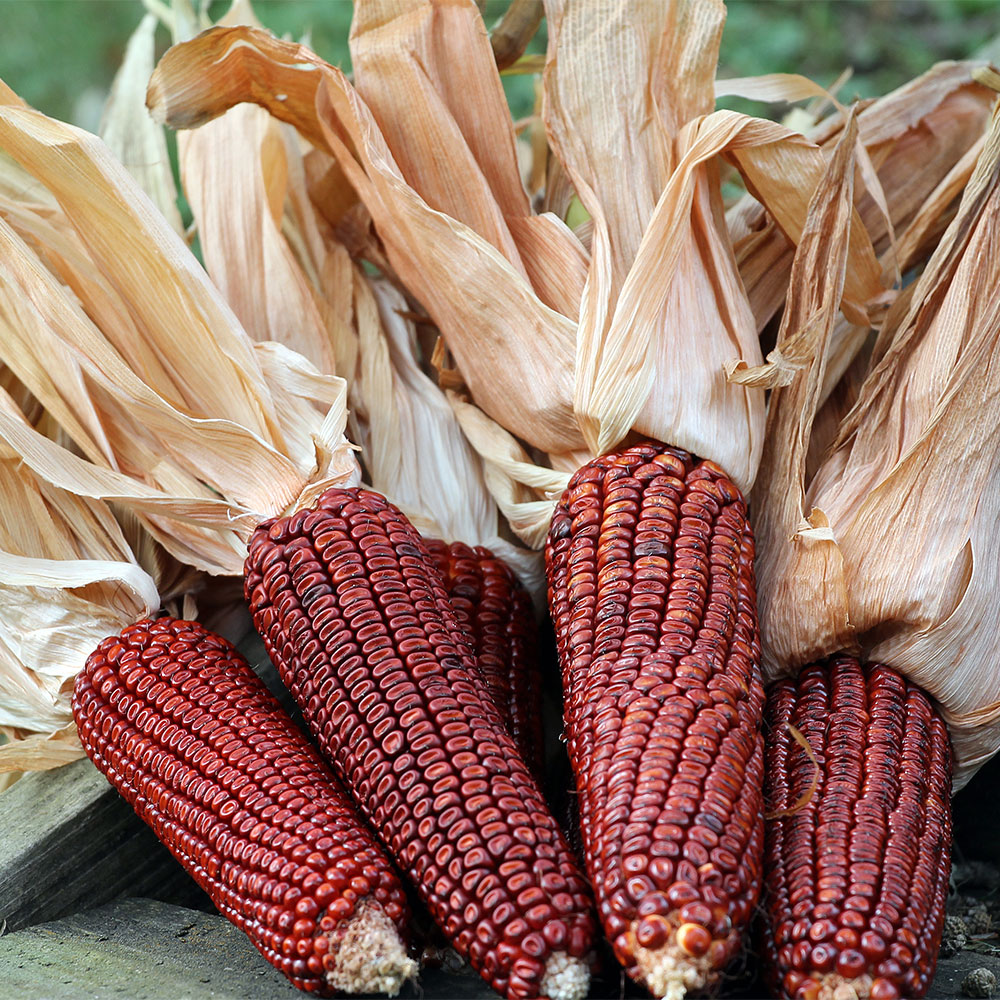
With ears that reach 8-9" in length and striking dark-red kernels , this quick-maturing heirloom dent corn is great as an ornamental and for making distinctively colored flour. Acquired from Ernest Strubbe, a well-known Minnesota wildlife artist, this is a northern-adapted strain of an old eastern U.S. variety that predates 1870. Its sturdy stalks reach 8’ in height at maturity.
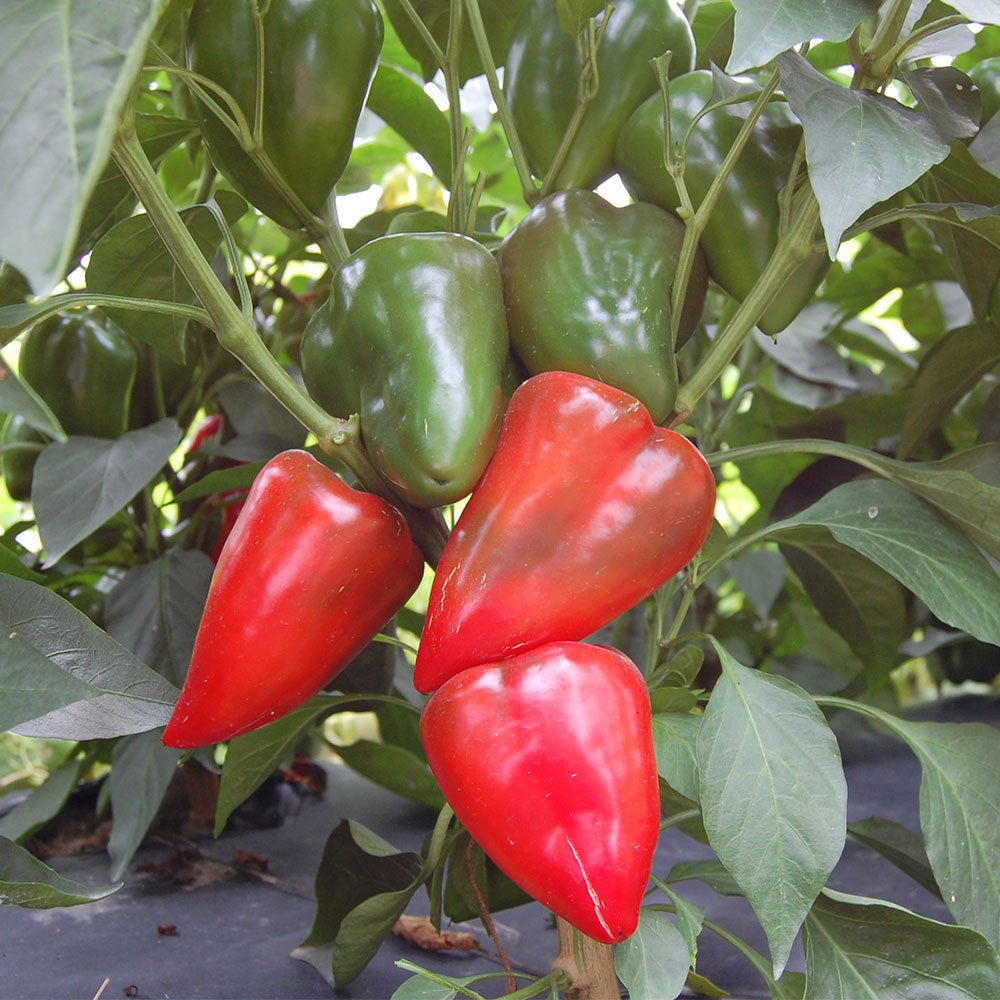
The broad-shouldered, conical, wildy sweet peppers of this prolific variety reach 3” in length and ripen to all red on sturdy 24” plants. Seed Savers Exchange member Ron Thuma has grown it faithfully since 1993, when he obtained the pepper from Johnny’s Selected Seeds for trial. 80 days from transplant.
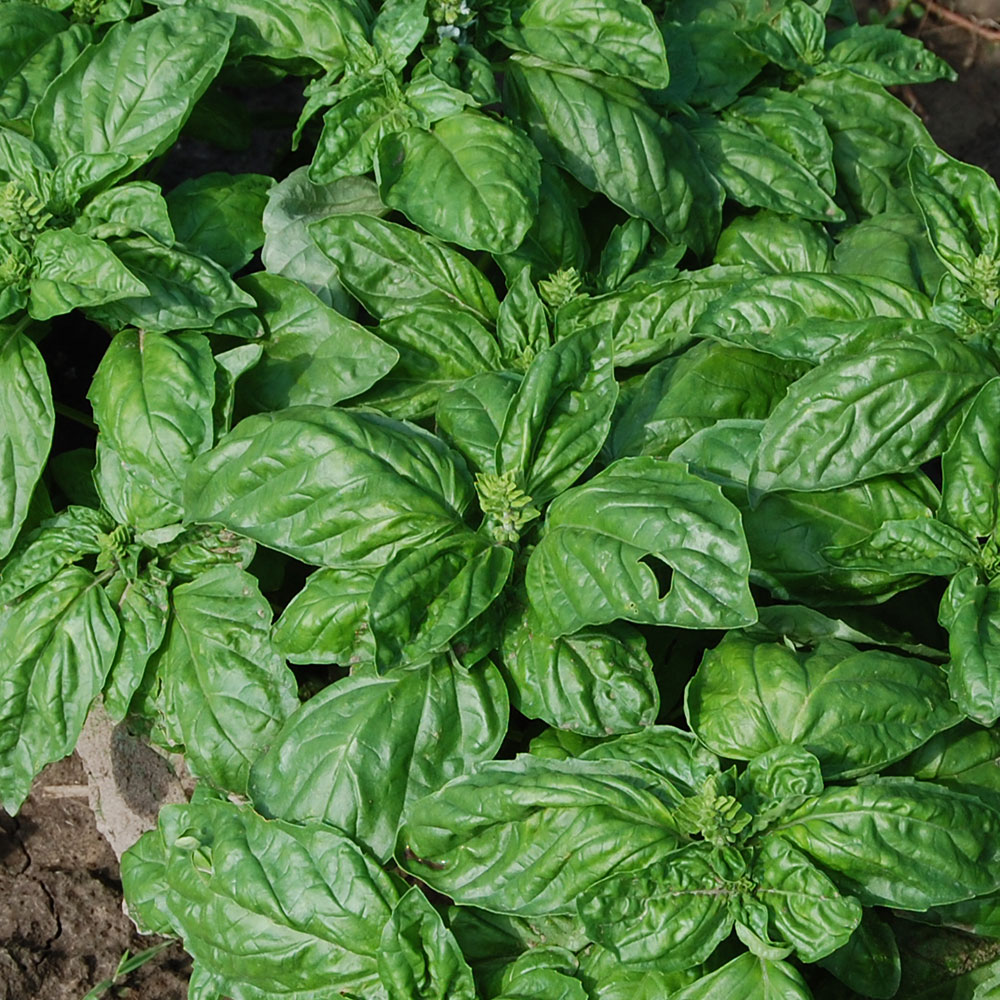
A lettuce-leaf strain, this tall basil grows 24-30” and produces a steady crop of large, lush leaves if its flowers are pinched off regularly. The basil comes from longtime Seed Savers Exchange member and advisor David Cavagnaro, who received it from Jana Muhar, who collected the seeds while living on the Greek island of Naxos.

"Everyone that has tried it says it's the best" wrote Ella Jebousek of this deer-tongue lettuce in 1987. And we agree — it was a favorite in our 2015 taste test. Compact plants form rosettes of dark green, triangular leaves, which grow 7-9” long and 4-5” wide. Ella, of Brooks, Oregon, received this variety from a descendant of the family who brought it from Czechoslovakia.
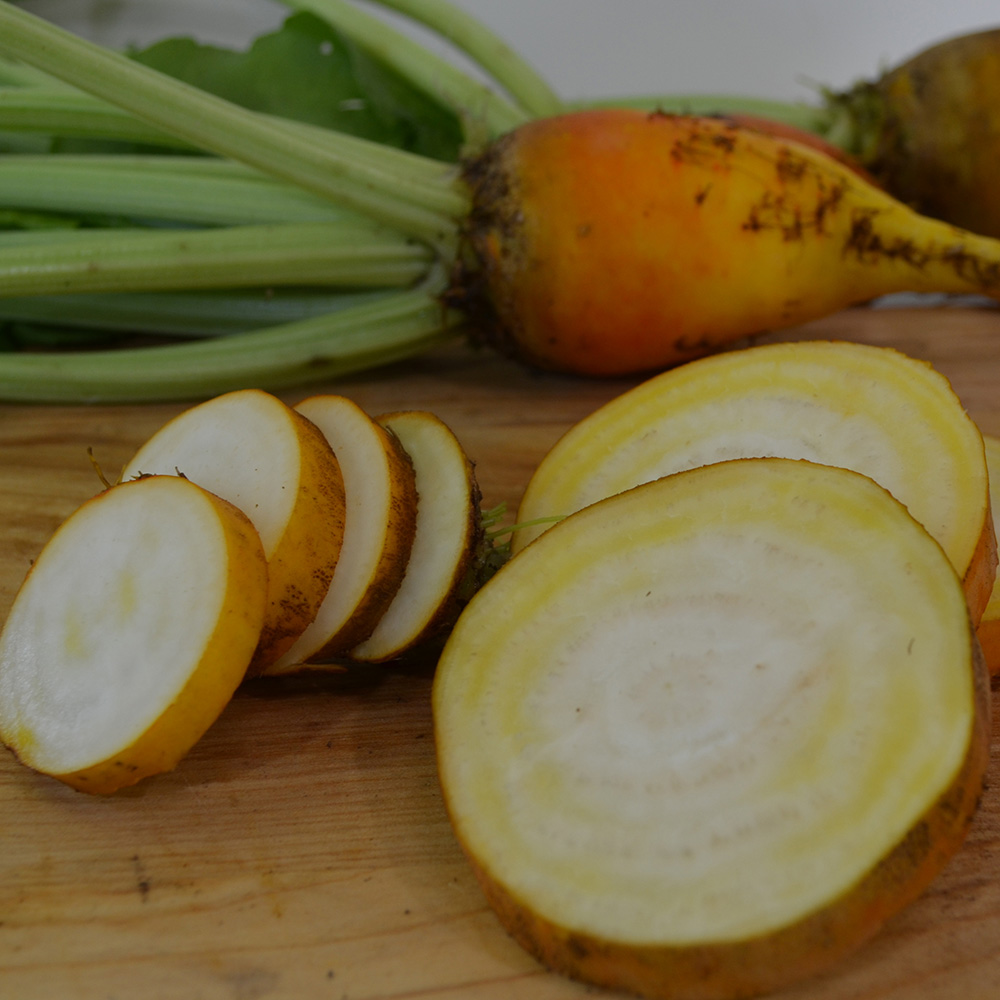
Winner of our 2015 beet taste evaluation. White and yellow ringed roots measure 4-6½” long and vary in shape. While mangel and fodder beets are larger than typical beets and were generally used for animal feed, you'll find the sweet, juicy, and smooth textured roots are prime for the dinner table and not just the barnyard. Seed Savers Exchange’s seed stock was originally acquired from Dr. Alan Kapuler of Peace Seeds in the 1980s.
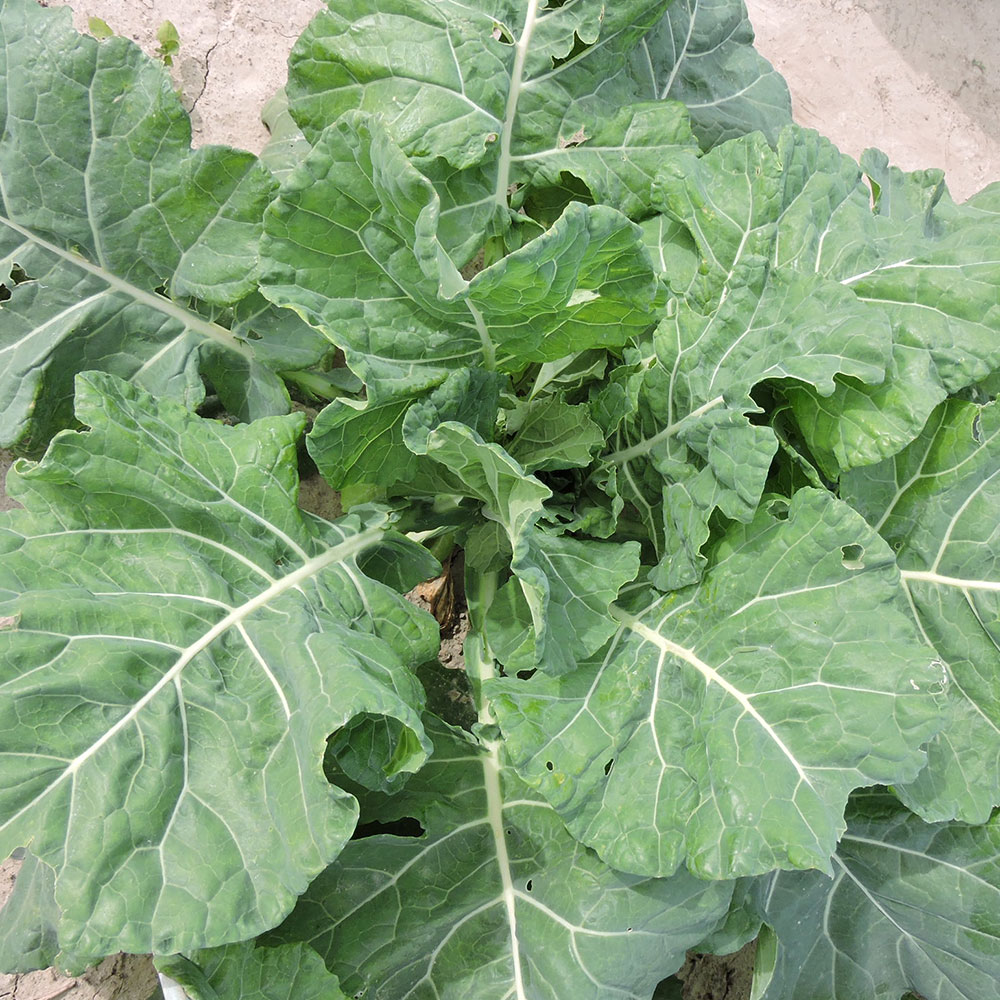
A favorite of Seed Savers Exchange staff! This heirloom collard dates to at least 1935 and produces green, elliptical, tender leaves with a sweet, slightly fruity taste. Plants measure 15-22" tall by 22-35" wide and fare well in low temperatures. Originally grown by Ellen Felton of Beaufort County, North Carolina, and acquired by Seed Savers Exchange from the USDA in 2016.
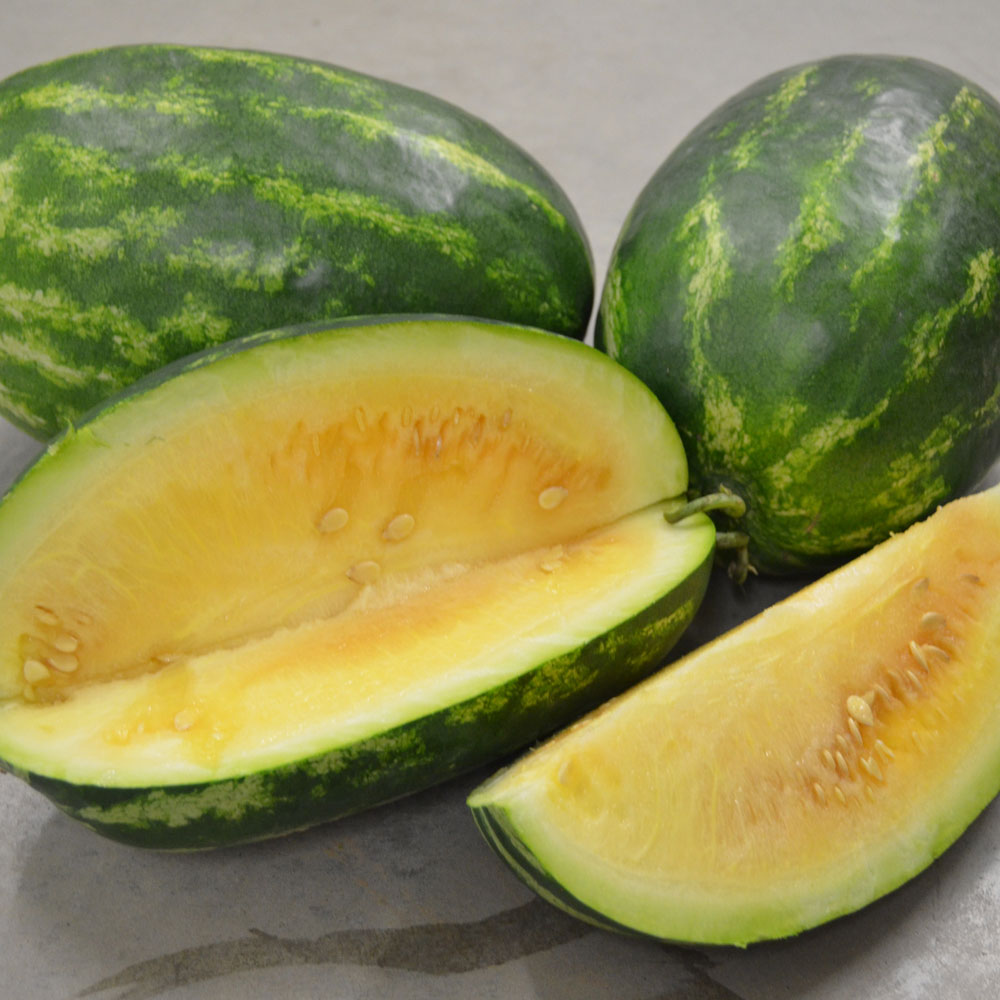
This juicy, flavorful variety ranks first with Seed Savers Exchange’s greenhouse manager, who has sampled dozens of watermelon varieties. Acquired by Joseph Borries about 1970, it so impressed his family that they have grown this heirloom variety faithfully in Illinois since that time. The oblong fruit averages 15-20 pounds, ripens to green with dark-green stripes, and produces yellow, sweet flesh.
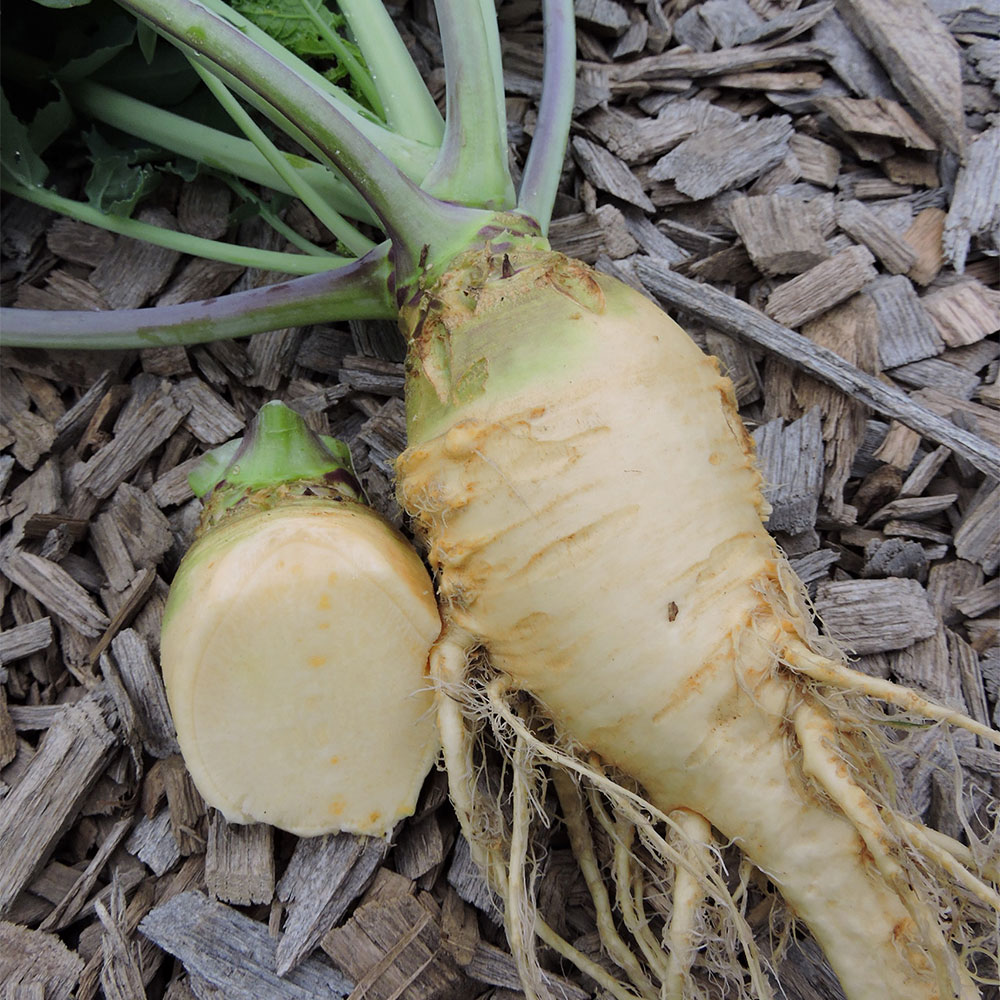
Tan roots with light red and green shoulders grow to 6-8” in diameter and have a sweet flavor after a frost. Evalynn Schnackenberg shared this family heirloom rutabaga with Seed Savers Exchange in 2013. Her grandmother's cousin, Leo Cairns, was an avid gardener and grew it as early as the 1950s near Bellingham, Washington.
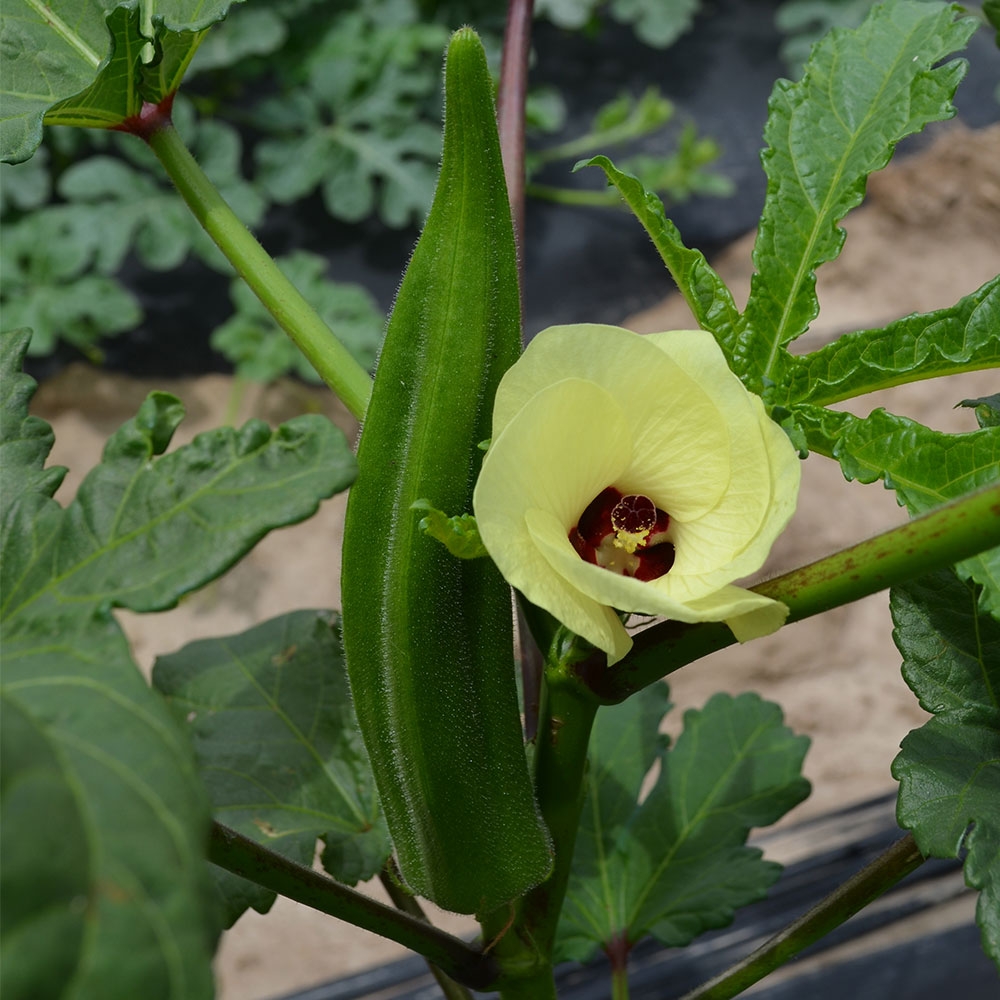
The straight green downy pods of this variety are intermediate in length and width, and are best eaten when under 5” long. Seed Savers Exchange member Dr. James Wolfe received the variety from the Simpson family of Rogersville, Tennessee D.V. (Simpson) Thomas, remembers her mother, Nora, growing this okra as far back as the early 1940s.
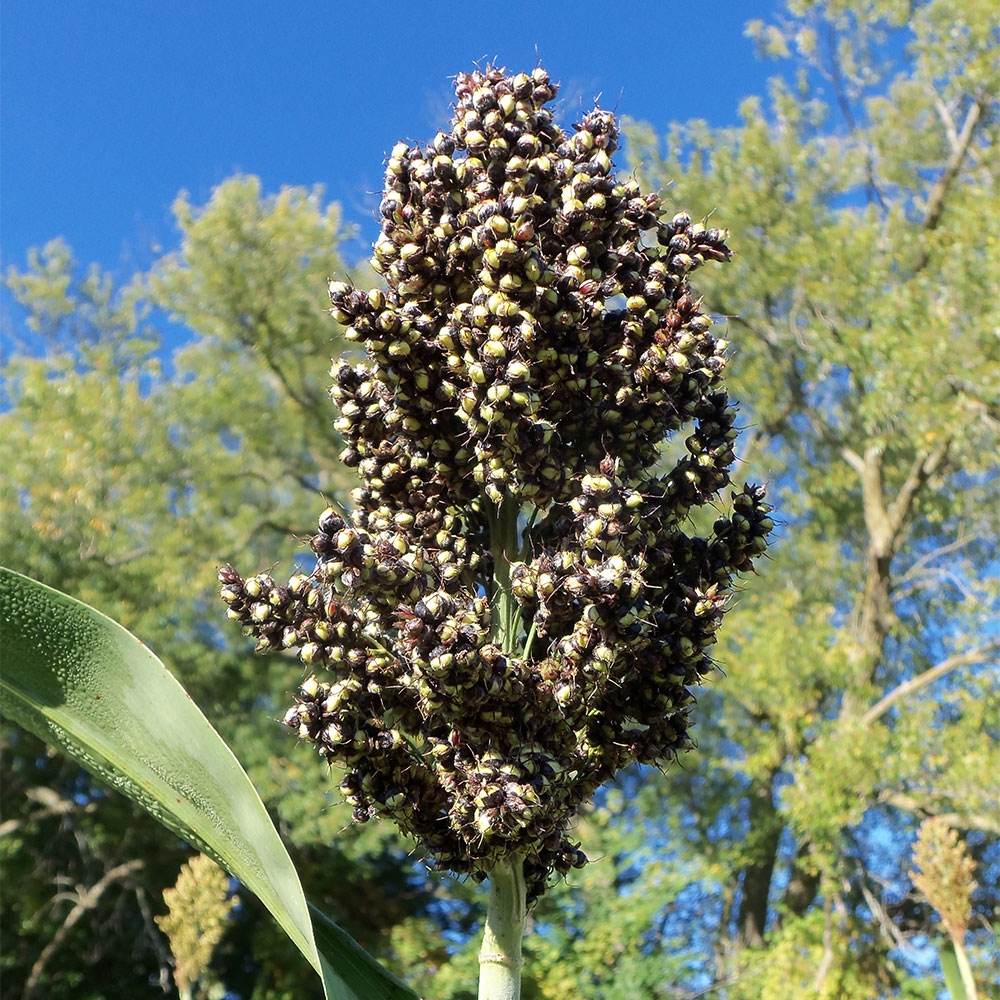
This sweet syrup sorghum derives its name from Ames-based Iowa State University, where it was developed prior to 1920 for syrup production. It can also be used as an ornamental. A historic variety that grows up to 8' tall, it produces juicy, sweet stalks and matte-green leaves and midribs. Plants have one to two flowering stems and extend between 2-3/4 - 4-3/4" wide. 90-100 days.

This exceptionally versatile, heirloom pole lima bean tastes delicious just-picked or cooked. When jade-green, the limas are sweet-tasting and thin-skinned; the dry limas have a creamy texture and buttery flavor. Its slightly curved pods average 2.9" long by 0.8" wide. Prized by the Whitesitt family since 1887, when the family brought it to Montana’s Bitterroot Valley from Kansas. 100-110 days for dry beans.
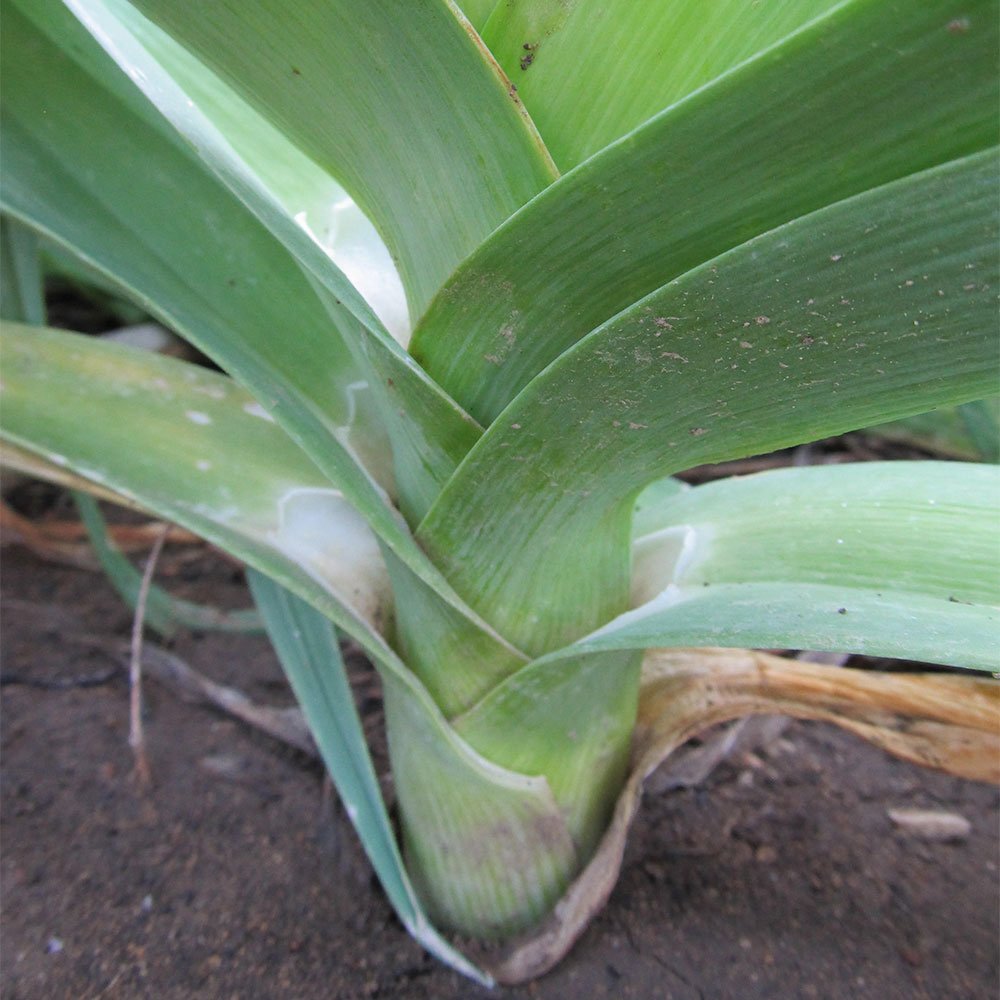
Beautiful yellow-green leaves, a mild taste, and a wide, thick edible white shank have long made this leek a popular variety in Europe. Described by the French seed house Vilmorin-Andrieux as early as 1856, this rare historic variety was acquired by Seed Savers Exchange member William Woys Weaver of Pennsylvania while traveling in Alsace, France.
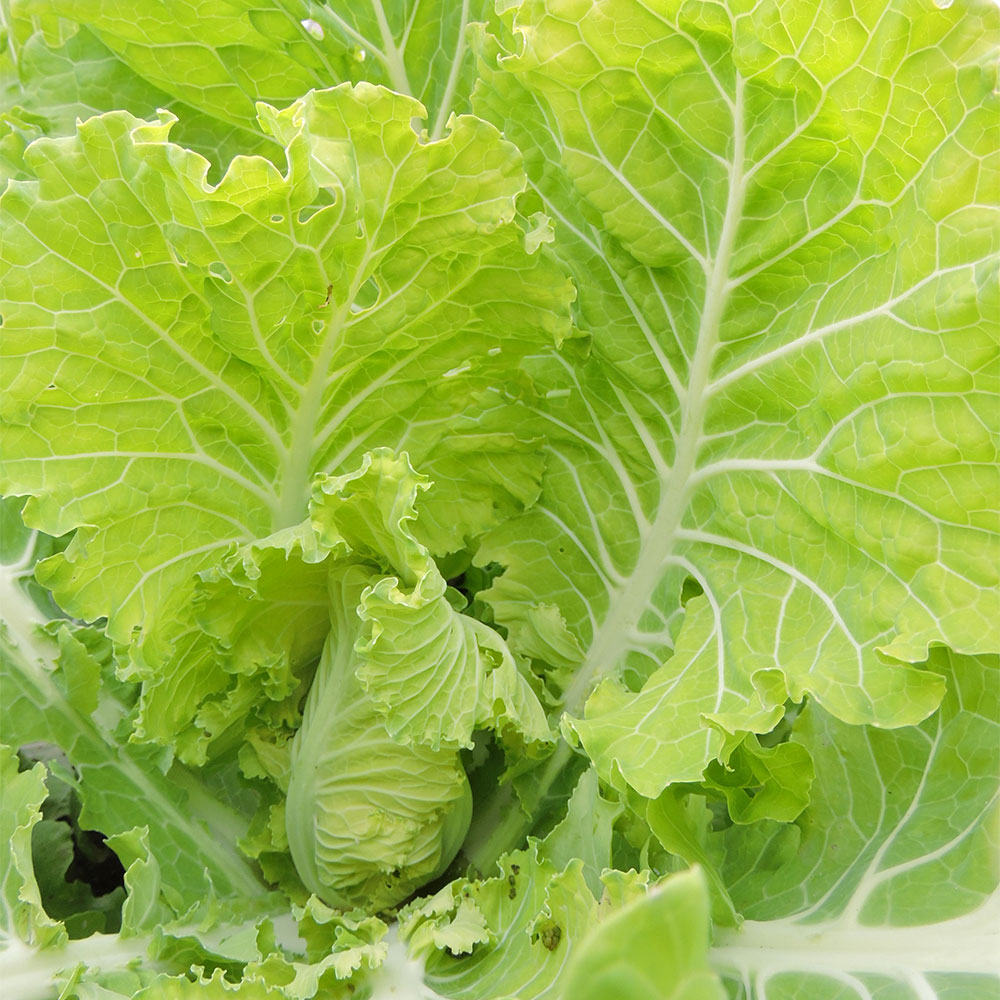
This faintly sweet, buttery-tasting heirloom collard produces modest heads and light-green to yellow-green edible leaves that are elliptical, lobed, and slightly dangling. Plants measure 17-23" tall by 32-43" wide. It hails from Snow Hill, North Carolina, where Nancy and James Jernigan grew it throughout their married life after receiving it from James’s father. Acquired by Seed Savers Exchange from the USDA in 2016.
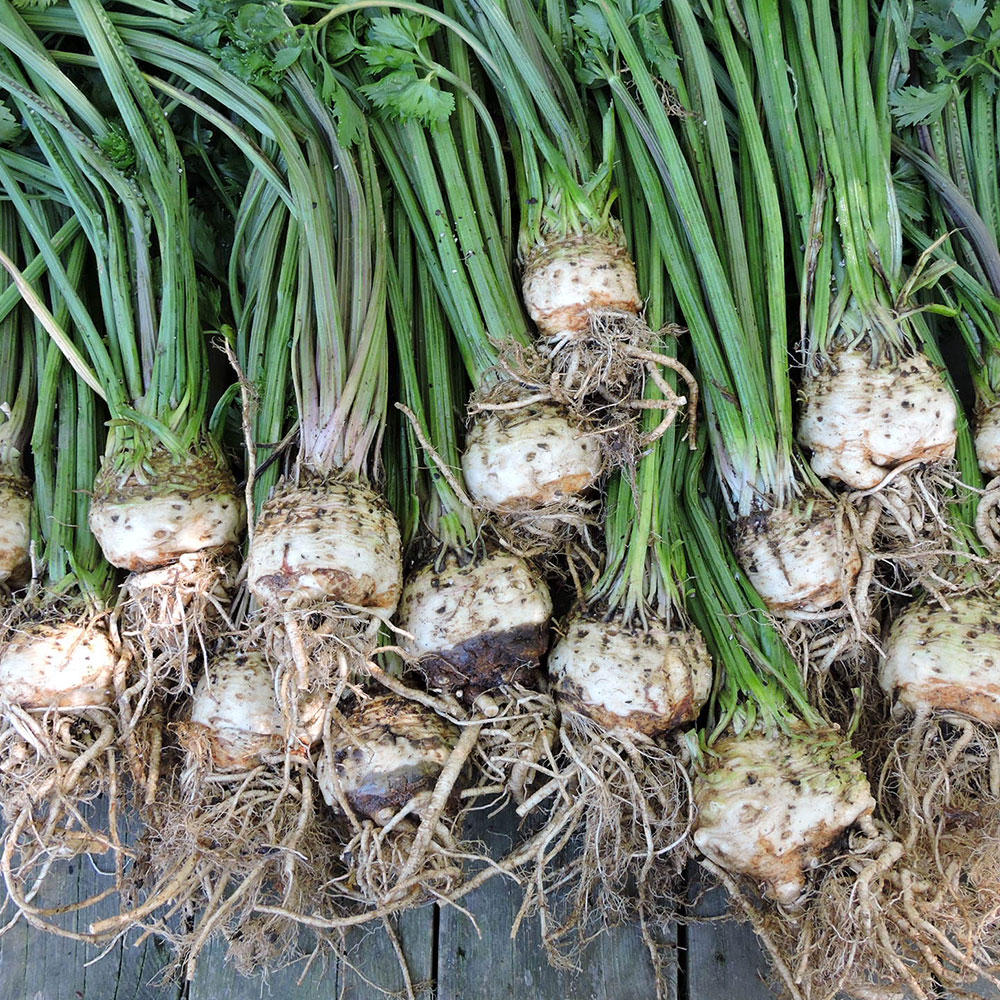
Savored by Seed Savers Exchange members for over 20 years and reportedly by the French since the 1600s, this celery root variety has a mild, sweet celery flavor and firm, round roots that measure 3" long by 3-4" wide. Its root, stems, and leaves make a fine addition to soups and stews. Acquired from member Suzanne Ashworth, who obtained it from Redwood City (California) Seed Company. 100 days.





























